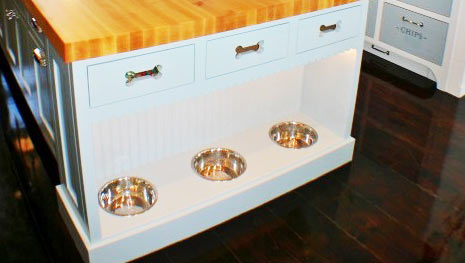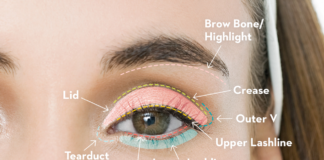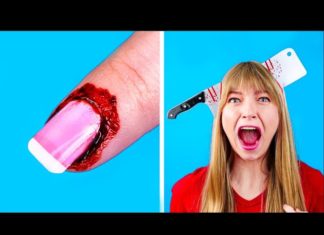
Interior design and pets – two topics you will rarely see together in the same sentence, never mind with just one word dividing them. But, awkward and demanding as we are, we humans sometimes love both. And don’t think it’s unreasonable to WANT both – a house with a beautifully designed interior which will also accommodates two tearaway mud-loving pooches, four long-haired cats or five gnawing house rabbits. As for the latter, cages suffice when the odd cable starts to get chewed through but cats and dogs can’t be caged while we’re around. Well, they could but it’d be pretty cruel.
So, anyways, what goes through the head of an interior designer when she knows she has to accommodate the wants of the family pet(s) too?
Fabric
Probably the number one concern. Let’s face it – animals shed. And no-one wants to see hairs on their settee or bed covers. So, opt for choices such as leather (or faux leather) silk and – the less expensive – acrylic. Cats don’t even like clawing at leather settees! Materials to avoid if you don’t want animal fur everywhere is denim, velvet, suede and most woollen fabrics. Another good point for curtains, sofa covers etc is to buy them multi-patterned if possible. That way it’s more difficult to spot fur or marks on a chair arm or pillow case. And if possible – although it’s pretty restrictive – you could think about getting material the same color as your pet!
Flooring and walls
Just like fabric, patterned rugs help, especially if they’re on easy-to-clean wooden or tiled floors which can simply be wiped dry. A rug (stain resistant if possible) is also a lot less expensive to discard than an entire carpet if it needs to be discarded due to overzealous soiling.
When it comes to your walls, cats love rubbing against something scratchy or lumpy so try and avoid textured walls and embossed wallpaper. If you’re simply painting them then go for satin or gloss paint as fur won’t stick to this as easily as matt.
Doorways
Always go for easy to clean tiles – whether ceramic, travertine, even porcelain. Just don’t put down any carpet otherwise you’ll have unlovely paw prints everywhere – especially if you have a park-loving dog.
Furniture and ornaments
Avoid wood if possible – in all its forms – as it can quite easily become a tantalising chew object for a dog. Far better to go for metals such as chrome, steel or iron.
Just as you’d do with children, put any valuable or much loved accessories out of reach from your pet, or somewhere in your home he doesn’t go ie the dining room.
The above are good ideas for making your pet feel less of a presence regards the furniture and overall look of your home interior. However, some individuals actually go so far as to get customized furniture built for their pets.

image courtesy of Gizmodo
Or these cat steps:

image courtesy of dornob.com
Whatever your feelings on the above, it makes sense to do a little accommodating where your pet is concerned. And here’s a fine example of mutual design:

image courtesy of dalliancedesign.com
Fact box:
- Around $60 billion was spent on goods for pets in America in 2012
- According to ?/ there were 74 million dogs and 88 million recorded cats in America in 2007
- Doggie spas and health retreats where animals are given massages aren’t uncommon in today’s USA
- Architects are
- designing homes with pets in mind eg Architecture for Dogs – http://architecturefordogs.com
Source – American Pet Products Association






































